We are in an ICF house about 2 and a half years old (we bought it new about 18 months ago). The brick ledge that supports the brickwork is integral to the ICF walls ( except for above doors and windows that have steel supporting the brickwork above them). We have had numerous cracks show up in the brickwork around the house. Most of the cracks follow along the mortar lines and step their way up to as high as about 18-20ft in the case of one crack. ( this is on a long south facing wall (70ft) with no expansion joints). Some cracks in other spots do however pass through the bricks themselves. The builder of course says all of these cracks are irrelevant, and only cosmetic and do not suggest any issue with the structure of the house itself. I am trying to understand how so many cracks have appeared ( 15-20 places around the house), and how these cracks should be properly repaired?
While we were away on a vacation shortly after we bought the house the builder did send someone over to repair some of the larger cracks which amounted to smearing a thin coat (of the wrong colored mortar) onto the cracks to disguise them. The cracks reappeared and are more noticeable now because of the wrong mortar color.
What would be the proper method that someone should use to repair these cracks? Should the existing mortar be cut out with a grinder and remortared, or is the smear a thin coat of new mortar a typical practice?
I just don’t get why on what one would think is a pretty stable platform ( the ICF house from basement to roofline) we would get so many cracks appearing in the brickwork.
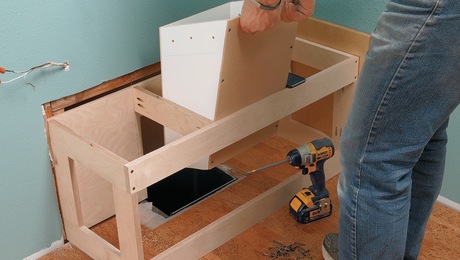
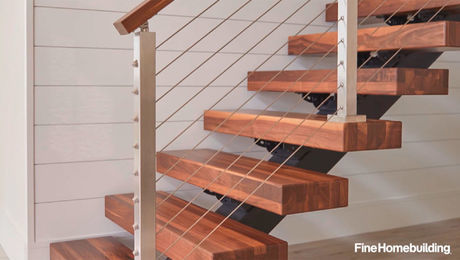
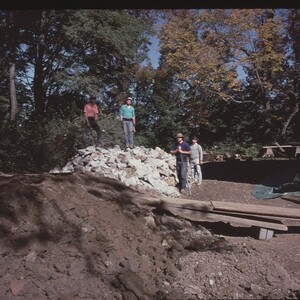
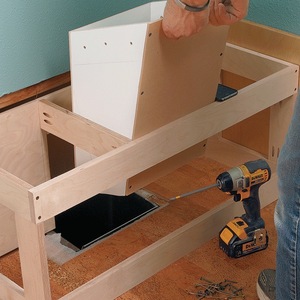
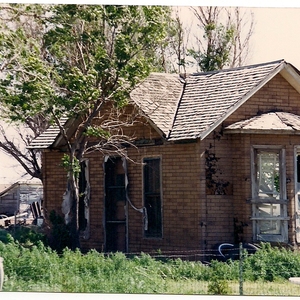






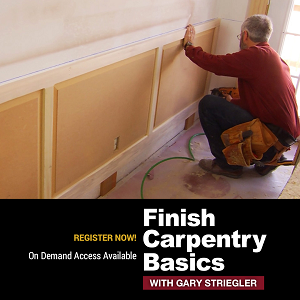


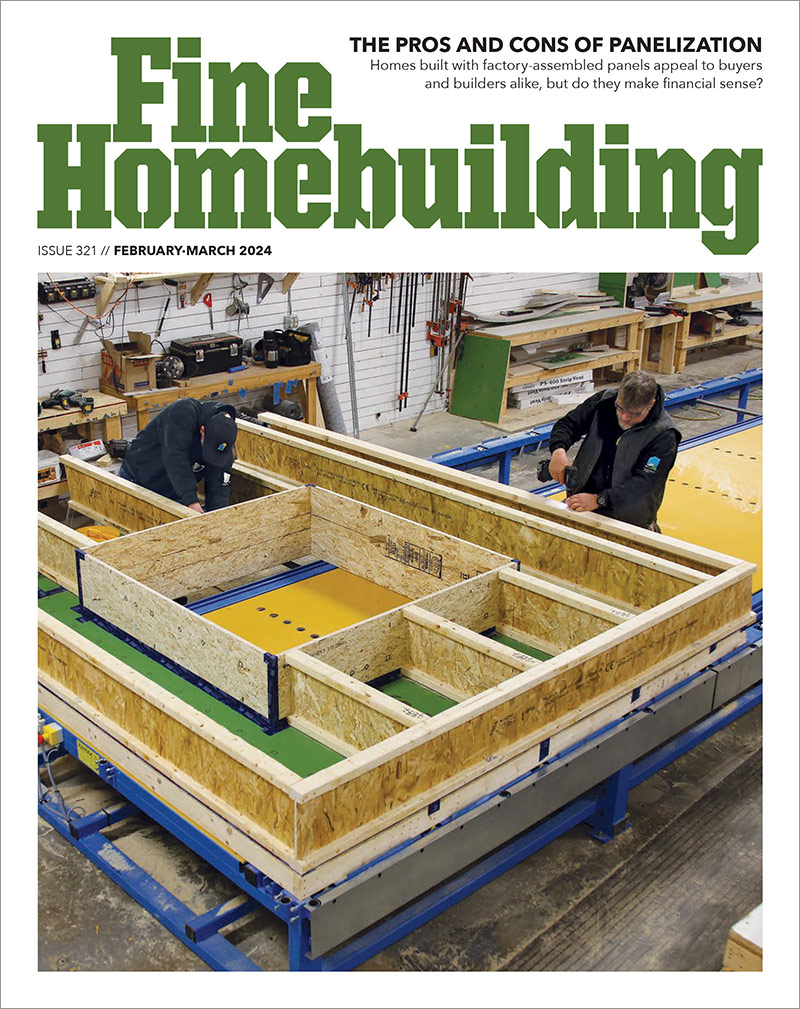
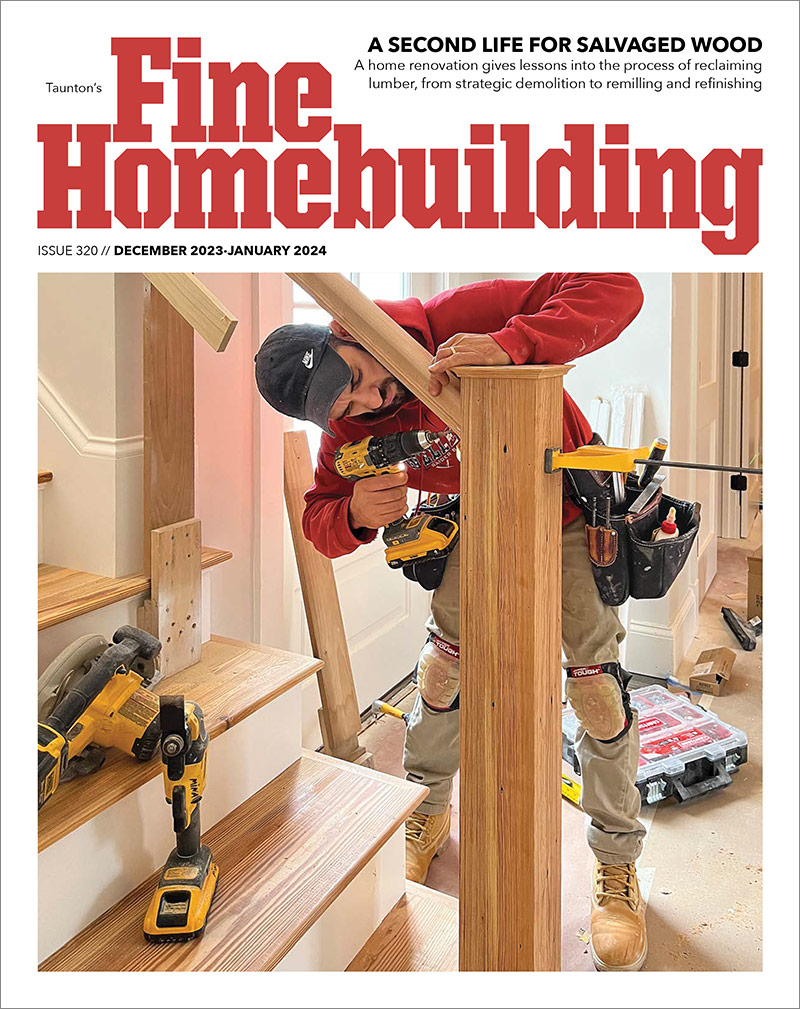
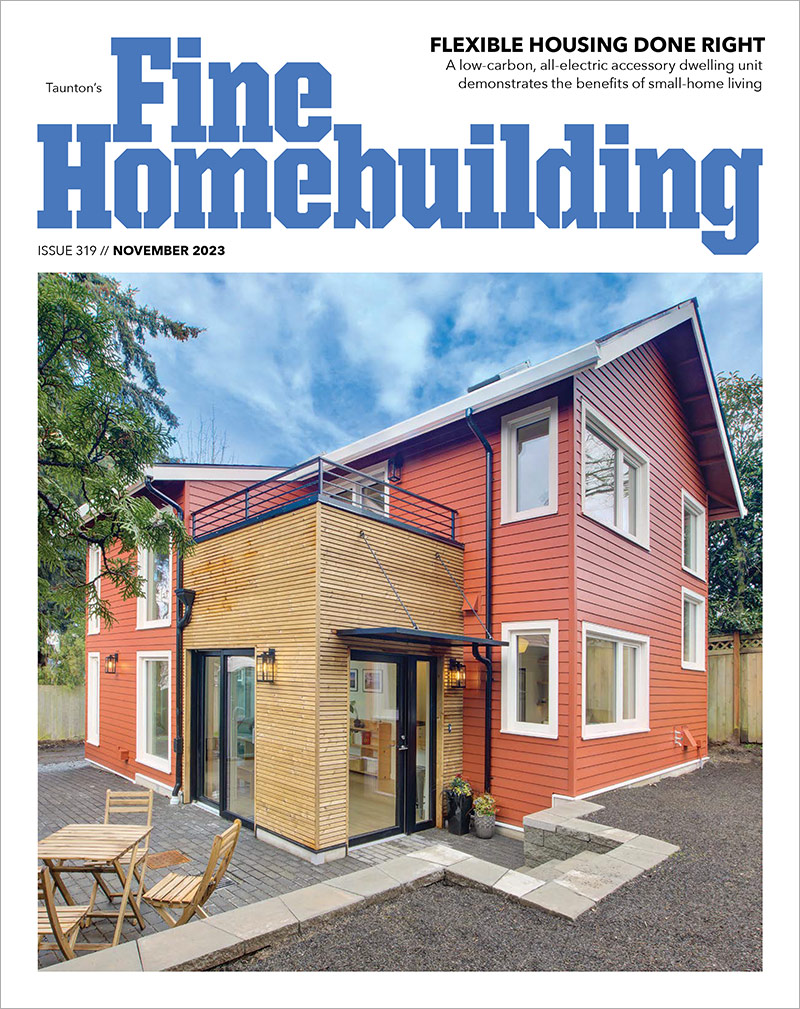

Replies
The cracks are appearing because the foundation is settling. Before you patch the cracks, the foundation needs to be stabilized. the correct repair for the cracks is to grind out the mortar and replace it with fresh matching mortar.
"Put your creed in your deed." Emerson
"When asked if you can do something, tell'em "Why certainly I can", then get busy and find a way to do it." T. Roosevelt
Did this builder say this with a straight face? Of course the cracking means something - and nothing good, mind you. it means the support for the brick veneer has moved or at least is not firm enough.
That sort of "stair step" cracking along mortar lines usually means there's been foundation movement. Now, whether that's a major or minor movement may take the assessment of a local engineer.
That's because there could be a number of reasons for foundation movement. There's a certain amount of "normal" settling that occurs. There are changes that can happen in particularly dty, or particularly wet years, as well.
Best answer is the one least used in residential work--designed expansion joints.
Now, if it's "normal" settling, after a while, it will stop. Then, you just get a mason out and repoint the joints that are cracked (repointing means actually digging the joints out and remortaring them, taking pains to match what's there--not what your decription of what your builder did).
If it's seasonal movement, then, diggin the mortar out and replacing it with a flexible material sanded to match the mortar is what we do down nere in slab-on-grade on expansive soils country.
But, like as not, you need a local professional (not some hack on the internet 8-9000KM away making guesses) to determine. This will help if you need to get any "leverage" to get it done right, too.
Or, you could call Mike Holmes and become famous <g>.
Or, you could call Mike Holmes and become famous
I thought his name was John Holmes and he was dead. Oh wait, nevermind.http://grantlogan.net/
It takes a big man to cry, but it takes a bigger man to laugh at that man. - J. Handey
The brick ledge that supports the brickwork is integral to the ICF walls
Can you please provide lots more detail concerning this statement ?
Description, photos, sketches...
This is the most likely cause of the problem.
Get back with this info, but also find a local structural engineer familiar with ICF construction.
Hire the engineer to visit your house and write you a report on the cause. This sounds like a serious problem.
carpenter in transition
Good call Tim.
I saw an ICF home with the brick veneer setting half on the foam block. The brick ledge was a special block that stepped out of the foundation wall at the finish grade level. Looked like someone ordered the wrong size ledge block or the framing layout was wrong. There just wasn't enough bearing ledge for the brick to set on.
I've also seen that bump out in ICF foundation without any steel in it. Always wondered if that ledge could crack and settle, and you woud never see it because it is wrapped up in the foam.
I'm with you on this one.
Me thinks something is going on inside that ICF foundation.
Dave
Ok, I will try to get some pics of what I am talking about. Thanks to all for the responses so far. Your answers at least make me feel that I am not some PITA homeowner worrying about a non issue.
I will post pictures a little later today.
Can you please provide lots more detail concerning this statement ?
You hit upon what I was hoping would not be the case.
Unlike concrete block, where going from a 12" block to an 8" block makes a nice solid edge, with ICF you are supposed to run a bondbeam course at a width change, if that's supposed to be a brick ledge or other structural support.
I was just hoping that would not be the case here, of scary non-compliant sorts of design. (Similarly, that the ICF made only a "dinky" change like 12" to 10"--really hard to get the brick to balance on only that 1" edge, but it's been tried before.)
Back to the need for a local engineer.Occupational hazard of my occupation not being around (sorry Bubba)
Ok here are some pictures.
The brickledge that is created creates a ledge that is 3.5" of concrete on which the bricks sit. The foam adds another 1/2"in front of this concrete ledge. There are rebars within the ICF walls and within the brickledge. The pics showing this ledge are from the house that is being built next door to us which uses the identical ICF system (same contractor also). The only difference is that our ICF walls are thicker using 8" of concrete between the foam, whereas this house has 6" concrete between foam. The brick ledge size is the same on both houses. The size of this ledge does not seem to be inadequate.
Yes there is snow in these pics (first snow this morning)!
Perhaps part of the problem is that my house was built in the middle of winter (which is very cold here). Any idea how one would determine if the concrete within the ICF sandwich is actually cracked also? I assume the only way to find out is to break away the insulation and see what is inside. This seems rather drastic..but how else would one know? We do not have any cracks on inside in the drywall, nor have we seen any evidence of water damage.
The brickwork cracks are not limited to the sections sitting on the ICF ledge as you can see from the picture of the "repair" job which is above one of the garage doors.
I'm having trouble seeing the cracks. But holy cow that patch job is sure easy to spot. Totally unacceptable.
In the pic "exposed brick ledge" what is the blue and green stuff?"Put your creed in your deed." Emerson
"When asked if you can do something, tell'em "Why certainly I can", then get busy and find a way to do it." T. Roosevelt
Yea the cracks were a little hard to capture in the pictures but they are very visible as you stand near them. The picture I put up showed how the mortar is falling out of some of the cracks so I figured that would be the best way to see evidence of the cracks. As i said above...there are many of these cracks around the house.
The blue and green stuff... the green stuff is an adhesive that was applied to the white foam on top of which the blue stuff ( which is called blueskin) was applied. This blue rubber material is a waterproofing membrane.
I have to tell you that alot of what you're seeing is just poor workmanship - "beeholes" in the joints, for instance. Maybe not enough veneer ties. Certainly, frozen mortar may be a factor. What was their system and spacing anyway?
I am not certain what you mean by "beeholes", and unfortunately I have no idea of how often brick ties were used. If the use of these ties etc.. is what you are referring to as their system.. I do not have any insight into what methods they used because it was a completed house when we purchased it. I do know that they are a very experienced bricklayers who have been in the area for a long time.. but obviously that does not say anthing about the quality of the workmanship.
The size of this ledge does not seem to be inadequate.
Does to me, I always want 5 1/2" wide for "real" brick (not veneer brick or cultured stone masonry). That lets the brickmason put a proper 1" airspace behind the brick. But, I'm old-fashioned that way (and 5.5 lets the concrete guys use a 2x6).
I really do not like to see a 4" brick on a 3.5" ledge (even if a "standard" brick is only 3 5/8" wide).
I was going to ask if they had included any weeps in the brickwork, but there's at least the one in the patch picture, so that (sort of) settles that question.
The brickwork cracks are not limited to the sections sitting on the ICF ledge
Well, if it's "normal" settling, all of the foundation "settles down" to whereever it's going to. That will bend and flex the entire structure a bit, which will include the lintels over openings like the garage door. Does not take a really large movement either, mortar joints will hairline crack at a deflection of around l/350-l/400 (that's any given length "l" divided by the given demoninator; a pair of standard modular bricks are nominally 16" end to end, the head joint inbetween will crack at around 16/350, or 4/100" or less than 1/16").
Personally, I would have specified an expansion joint in the brick veneer probably about every other "step" in the foundation. Then, any motion goes into the flexible expansion joint rather than into the mortar joints.Occupational hazard of my occupation not being around (sorry Bubba)
Thankyou for the reply. My thoughts on the "adequate" size of the ledge were based on other folks talking about ledges that were only 1 or 2 inches, but I would certainly defer to your experience on this.
Your information about how small movement can be before crack can appear is helpful information. Given that the house was built on frozen ground, spring settling seems like a certain possibility. The whole house is buildt on engineered rock fill (10ft deep or so)atop of bedrock. This could obviously have settled more than 1/16 of an inch.
If a monolithic concrete wall (like my ICF wall) "settles".... is the translation for that.. it cracked?
Personally, I would have specified an expansion joint in the brick veneer probably about every other "step" in the foundation. Then, any motion goes into the flexible expansion joint rather than into the mortar joints.
These cracks were repaired once already, and reappeared again which suggests to me continued movement rather than one time settling which is now finished (hence my concern about whether the concrete foundation is moving). Should an expansion joint be added now by cutting a vertical line through the brick, followed by filling it with some flexible material?
If a monolithic concrete wall (like my ICF wall) "settles".... is the translation for that.. it cracked?
These cracks were repaired once already, and reappeared again which suggests to me continued movement rather than one time settling which is now finished (hence my concern about whether the concrete foundation is moving). Should an expansion joint be added now by cutting a vertical line through the brick, followed by filling it with some flexible material?
Well, now, we are back to needing an engineer who is local to you and has experience with this.
The "trick" of it is that "monolithic" is not often as perfectly monolithic as the term might cause a person to assume. Also, foundations tend to settle over their entire lives. To keep it complicated, it's a bit like "curing," there's often a big (or a series of small, additive) jump at first, which then settles down to a long gradual, asymtotic "zero."
Remember, your house could be a hundred tonnes or more (or less), the foundation footers were "asked" to take up all that weight over a relatively short (6-7 months') time. So, a few mm here a few mm there; some "plus," some "minus" it all tties to reach its aggreate (NPI) equalibrium. Now, only a qualified engineer can tell you if your specific structure is either moving too much or too little.
Now, "treatment" of the cracks may come down to cosmetics. Really, hairline cracks might not have "eye appeal" but they are perfectly tolerable, generally. What is a "hairline crack"? Yep, it's what your engineer says it is (boring old record, I know).
Do you want the joints chipped out and filled with flexible material? Don't know--long horizontals are not so good for that; "stair step" cracks a bit more "tolerant."
For comparison (of sorts) my dad's house in Dallas, which is on an "L" shaped slab with the short leg anchored in cut material, and the diametrically opposite corner floating on fill, has some cracks in the brick work. Seasonally, they run from 1/8" to 3/8" wide during dry spells (there are other complications to the moment arms on that slab). We've repointed about a third of the wall, and used a high-compression, flexible "pookie" on the rest.Occupational hazard of my occupation not being around (sorry Bubba)
Thankyou for the insight. Your information is helpful. I spoke to an engineer yesterday and he did say similar things to you. He suggested that I epoxy glass slides across the worst cracks to determine if there is still movement happening ( a cheaper alternative to expensive monitoring equipment - if the glass breaks things are still moving). If there is alot of seasonal movement still happening he is concerned about frost action, otherwise I can probably assume the worst of the settling has happened and I can go ahead and "properly" repoint the cracks next spring/summer.
I am at least now hopeful that these are nothing more than cosmetic cracks which just need to be properly repointed.